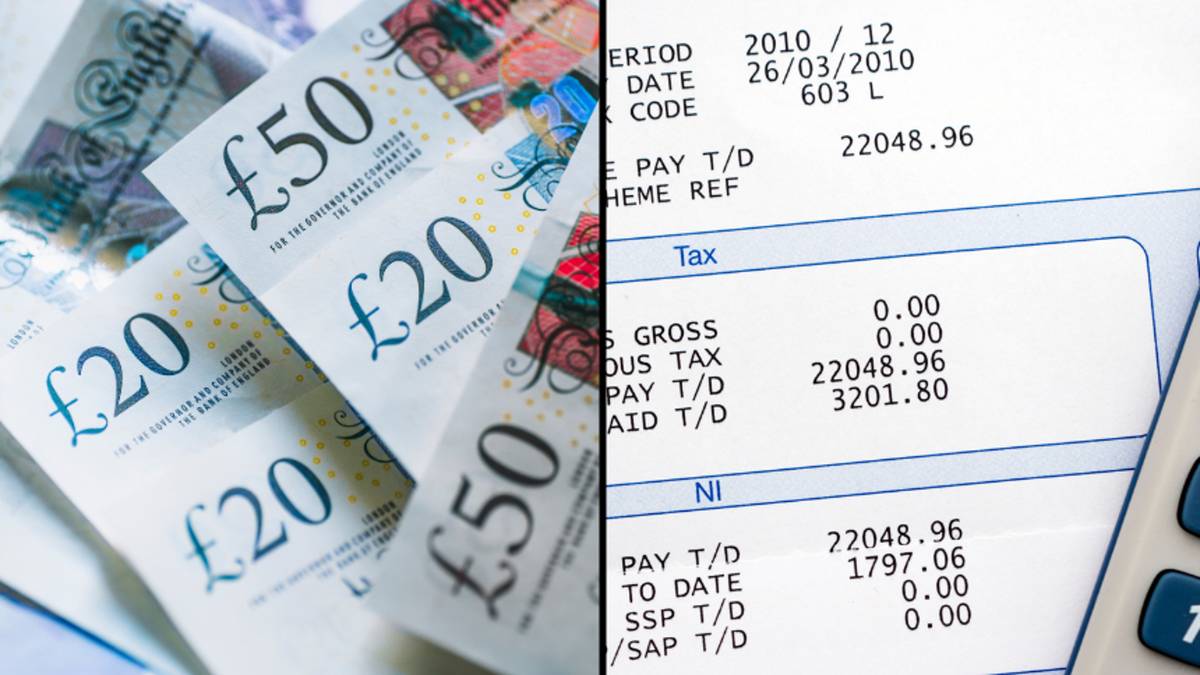Max Verstappen, the celebrated Red Bull driver, has not only triumphed on the racetrack with a third consecutive world championship, he has also triumphed in terms of money. His staggering $25 million (£20 million) bonus alone dwarfs the entire annual salaries of many F1 drivers.
Verstappen’s total earnings for the season were a staggering $70 million (£55 million), made up of a $45 million (£36 million) base salary and a $25 million bonus, according to Forbes’ annual list of the world’s highest-paid drivers. His earnings reflect his dominant performance, with 19 wins and 21 podiums. Indeed his earnings combined nearly double that of Ferrari’s combined salaries of $30 million.
Comparison with F1 rivals
Mercedes’ Lewis Hamilton follows Verstappen in terms of earnings with a total of $55m (£43m), although he did not receive a bonus this season. Aston Martin’s Fernando Alonso is third on $34m (£27m), including bonuses.
Verstappen’s team-mate Sergio Perez, who finished second in the standings, earned $26 million (£20 million), while Ferrari’s Charles Leclerc completes the top five with $19 million (£15 million). Notably, Leclerc’s total earnings are $5 million less than Verstappen’s bonus alone.
Completing the top ten earners in F1 are Lando Norris on £12 million, Carlos Sainz on £11 million, George Russell on £7 million, Pierre Gasly on £6 million and Oscar Piastri also on £6 million.
Pitt/Hamilton F1 movie with “substandard script” in trouble
Verstappen in the global sports earnings arena
Despite leading the way in F1, Verstappen’s earnings are modest compared to other global sports stars. In Forbes’ report on the world’s highest-paid athletes under the age of 25, Verstappen, who turned 26 just after the report, came third with $64 million (£50 million). He is behind PSG’s Kylian Mbappe on $120m (£95m) and Arizona Cardinals’ Kyler Murray on $70.5m (£56m).
Toto Wolff’s F1 naivety is embarrassing
The dynamics of earnings in sport
The disparity in earnings between F1 drivers and other sports stars can be attributed to several factors. Firstly, the global appeal of sports such as soccer and American football often exceeds that of F1, leading to larger TV deals, sponsorship and merchandising opportunities. Star footballers such as Mbappe benefit from lucrative club contracts, endorsement deals and image rights that significantly increase their income.
Secondly, the team structure in sports such as basketball and football allows for a wider distribution of wealth among players, with top stars commanding hefty salaries thanks to revenues generated from ticket sales, broadcasting rights and merchandise.
RB19 fallacy that will “surprise” other teams
Formula 1’s unique financial model
Formula 1 has a unique financial model. While top drivers earn substantial sums, a large part of an F1 team’s budget is allocated to research, development and maintaining the cutting-edge technology that is crucial to competitive success. The sport’s income comes primarily from sanctioning fees, broadcasting rights and sponsorship, which is then shared between teams and drivers.
Personal sponsorship and endorsements also play a significant role in a driver’s income. For example, Lewis Hamilton, one of the highest earners in F1, supplements his income through endorsements and fashion collaborations, in addition to his Mercedes contract earnings.
Did Williams bottle their BIG decision
Max Verstappen’s remarkable earnings from the 2023 season underline his dominance in F1, not only in terms of racing ability but also financial rewards. His record-breaking performance has translated into one of the most lucrative payouts in the sport, setting a high benchmark for his rivals.
Ever since Graham Hill arrived at Monaco in his Lotus 49B in May 1968, Formula One was never to be the same again. Colin Chapman had designed a car with modest front wings and a subtle rear spoiler which makes the beginning of the F1 ‘aero’ era.
Prior to this cars had only used mechanical grip generated from the tyres and suspension but now using the inverse of ‘lift’ required for airliners, F1 cars would exploit downforce to allow them to…READ MORE ON THIS STORY

Olivia Martin is a dedicated sports journalist based in the UK. With a passion for various athletic disciplines, she covers everything from major league championships to local sports events, delivering up-to-the-minute updates and in-depth analysis.








